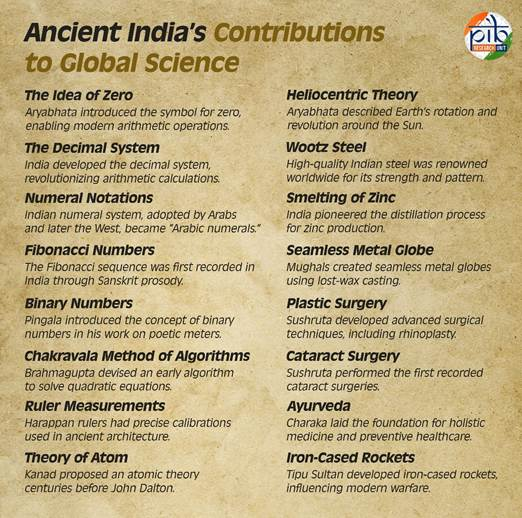Syllabus: GS3/ Science and Technology
Context
- National Science Day is celebrated every year on 28th February to commemorate the discovery of the ‘Raman Effect’ made by the physicist Sir C.V. Raman.
About
- Sir C.V. Raman was awarded the Nobel Prize in 1930 for the discovery of the Raman Effect.
- The first celebration took place on February 28, 1987, marking the beginning of a tradition that continues to inspire generations.
- The objective of the observation of National Science Day is to spread the message of the importance of science and its application among the people.
- Theme for 2025: Empowering Indian Youth for Global Leadership in Science & Innovation for VIKSIT BHARAT.
| About C V Raman – He founded the Indian Journal of Physics in 1926. – He became the first Indian director of the Indian Institute of Science (IISc) in 1933. – He established the Raman Research Institute in 1948. – In 1954, the Government of India honored him with the Bharat Ratna. Raman Effect – When a beam of light passes through a transparent medium (such as a liquid or gas), a small fraction of the scattered light changes in wavelength. – This change occurs due to the interaction of light with the vibrational and rotational energy levels of the molecules in the medium. |
Key advancements in Science and Technology in 2024
- Global Standing in Innovation and IP: India has secured 39th rank in the Global Innovation Index 2024 and 6th position in global Intellectual Property (IP) filings, as per the WIPO report.
- Anusandhan National Research Foundation (ANRF) is accelerating India’s research and development ecosystem.
- PM Early Career Research Grant (PMECRG) supports young researchers, providing them with the resources to pursue independent research.
- EV Mission aims to foster innovation in electric vehicle technology, making India self-reliant in sustainable mobility.
- The National Quantum Mission (NQM), with a Rs. 6003.65 crore investment, is propelling India to the forefront of quantum technology.
- National Supercomputing Mission (NSM): India’s computational power expanded to 32 PetaFlops in 2024 through NSM, with plans to reach 77 PetaFlops using indigenous technology.
- The BharatGen initiative is working on India’s first multilingual Large Language Model (LLM) for AI.
- The Innovation in Science Pursuit for Inspired Research (INSPIRE) program, aims to attract and support young talent in science and research.
- Bridging the Gender Gap in STEM: India is also making strides in gender parity with programs like WISE-KIRAN, which supports women in scientific research.

Source: AIR
Previous article
Initiatives Launched To Strengthen Maritime Sector
Next article
National Geospatial Policy 2022